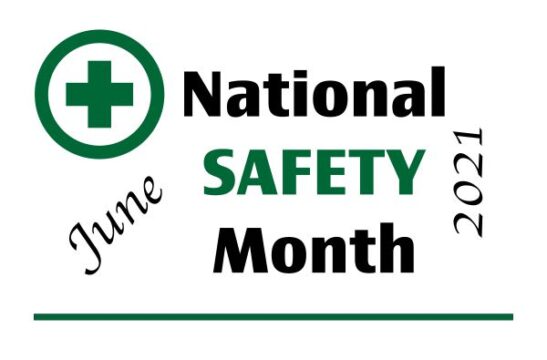
Since June is National Safety Month, we thought it would be a good time to reiterate the most important reason Dangerous Goods professionals do what we do. Yes, it’s safety.
Why do we help shippers understand and comply with Dangerous Goods regulations? Safety.
Why do we consistently point out areas where shippers may need extra help complying with regulations? Safety.
Why do all those regulations exist in the first place? Of course, they’re ultimately about safety. It’s easy to forget that connection in the day-to-day effort of keeping the hazmat supply chain compliant, but when you get right down to it, every month is National Safety Month for Dangerous Goods professionals.
Who do Dangerous Goods regulations protect?
With millions of Dangerous Goods shipments taking place every day, it’s easy to say the regulations protect everyone. From motor fuels to common chemicals to lithium batteries, everyone is exposed to some degree of risk every day—yet most people will never be impacted by those dangers. No one will ever know the lives saved, injuries avoided and environmental damage prevented by hazmat incidents that never happened!
For the most part, however, Dangerous Goods regulations protect supply chain workers. They’re the ones with prolonged interactions with hazardous materials, and it’s during those interactions that incidents and injuries generally—though rarely—occur.
The National Safety Council reports that “exposure to harmful substances or environments” was the 6th most frequent cause of injuries involving day lost to work in 2019, with 36,840. Not all of these were necessarily hazmat-related, of course.
And, regardless of the presence of Dangerous Goods, transportation tends to be a relatively dangerous field. According to 2019 statistics from the Bureau of Labor Statistics, two of the occupations with the highest injury rates (per ten thousand workers) are:
- Laborers and freight, stock, and material movers: 280.0
- Heavy and tractor-trailer truck drivers: 275.5
Our modern economies simply can’t function without Dangerous Goods, so protecting these vital workers should be—and is—a top priority for every supply chain organization. That’s where regulations come in.
DG compliance isn’t just “following the rules”
Dangerous Goods regulations are, at best, a balance between the needs of industry and the safety of the public. Anytime anyone asks, Why do we have to do X, Y and Z? the answer usually comes down to, If we didn’t, a dangerous incident would be far more likely.
Many existing regulations, in fact, were written to prevent a re-occurrence of a dangerous or even deadly incident.
So while hazmat compliance can often seem burdensome—so much documentation, so many details, so many ways to make an innocent mistake—the purpose isn’t simply to make organizations follow a bunch of rules. By penalizing non-compliance, Dangerous Goods regulations make the supply chain safer for transport workers and the public.
That’s one reason superior Dangerous Goods compliance can be a competitive advantage. More compliant organizations—the ones that follow the regulations most consistently—are by definition making the supply chain safer. Shouldn’t they gain an advantage from that?
Making your organization safer
We want to help you leverage Dangerous Goods compliance to make your organization safer—whether you handle an occasional hazmat item or hundreds of shipments a day. That’s why we offer:
- The industry’s most complete selections of labels, placards and UN packaging—and the know-how to help you select exactly what you need.
- The industry’s most robust, flexible, and advanced hazmat shipping software—to reduce fines and delays, and makes your entire operation more efficient.
- The expertise you need from the top consultants in the industry—to solve your Dangerous Goods challenges and make compliance a value-enhancing revenue driver.
Let’s all do what we can to improve hazmat compliance and promote safety, wherever possible, during National Safety Month 2021.
Make sure your shipments are safe and in complete compliance with a full line of solutions from Labelmaster—a full-service provider of goods and services for hazardous materials and Dangerous Goods professionals, shippers, transport operators and EH&S providers.


